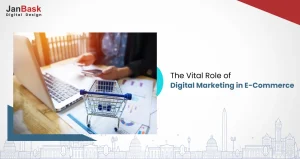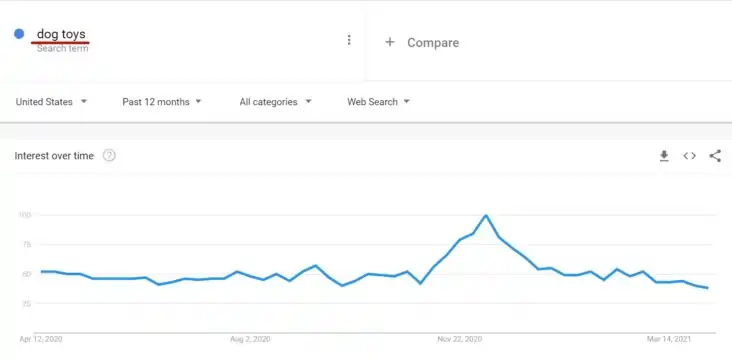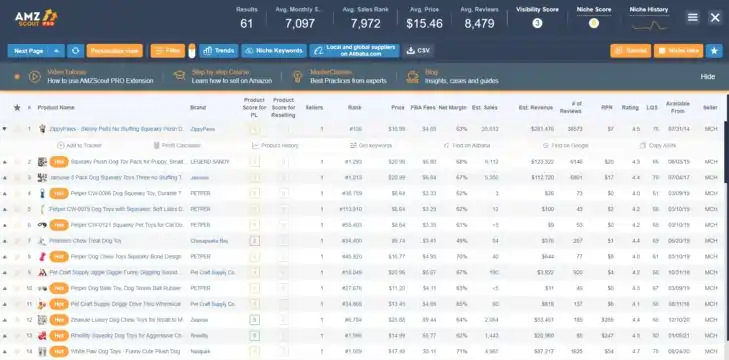
Right now, starting an eCommerce business is a really good idea. The pandemic has had devastating effects on many aspects of everyday life. However, one of the few things that has thrived during these very unorthodox circumstances is eCommerce. Now that 2020 is over, we can look at the total numbers. eCommerce sales grew by 44% from one year to the next. The actual numbers increased from $598 billion in 2019 to $861 billion in 2020. People have become more and more accustomed to shopping online and we can expect that these new habits will persist even after the pandemic is over.
Step 1 - Choosing where to sell - You basically have 2 options available to you.

This can help you clearly account and prepare for the downside of using this selling method. There are also other types of tools related to market research, advertising, keyword research, inventory management etc...
Step 2 - Choosing a selling method - There are actually several options when it comes to deciding how and what you wish to sell. It’s all about how you organize your supply chain.
-Private label - You can create your own brand by finding a supplier that can manufacture the type of product you need and then putting your own name on it.
-Dropshipping - Your business basically serves as a middle man by offering products that are already being sold on other platforms, charging more, and making money on the difference. Using this model, you basically make the order yourself with other vendors who keep the whole inventory, and then you simply send it to the person that ordered it from you.
-Wholesale - You can sell items that are already being made by established brands if you manage to find a way to buy them at a price where you can make a decent profit on the difference between the selling and the ordering price.
-Reselling - This is the most dynamic business model. You look for discounted items in physical stores and then proceed to offer them online for their normal or inflated selling price.
Step 3 - Find a niche and choose products - Whatever business model you choose, when it comes to finding the right products to sell, there is one criteria that is essential to consider - what is selling already. This is the very first thing that you need to figure out, and then find a way to use this information to your advantage. Along with this primary criteria, there are several good rules to follow that can make your success less of a steep hill to climb:
-High demand/low competition - Finding out which types of products are already selling well is not as hard as finding niches where the competition is not too fierce or where there is room to provide additional value.
-Evergreen products - You want to find things that have an everyday use or at the very least things that one might need throughout the year. Adjusting for seasonal trends can make it challenging to earn profit, which isn’t something you want to face as a beginner.
-Manufacturing/ordering costs - In order to have a healthy margin, you need to find products that can be sold for at least 4 times their manufacturing price. In other words, you don’t want your manufacturing price to be more than 25% of your selling price.
-$10-$70 Price range - For a beginner, it’s smart to stay within this range of selling prices, since products that are more expensive than this can require more of an investment to source initially. Also, you might get overburdened with return costs if happen early on.
-Size and weight - In order to increase your margins by reducing shipping and storage costs, you should aim to have products that don’t weigh more than 5lbs. They also shouldn't take up too much space, or at least can be packaged compactly.
Keyword research - One of the best indicators of demand is what people are searching for when they shop online or what they search for in general. You can use free available tools like Google Trends to figure this out or you can look for some more specialized platform specific tools as well.

Keep an eye on trends - This is something that you can work on yourself. You can track trends by following various social media pages and browsing eCommerce platforms with this goal in mind. You can also look on places like Pinterest or check the Amazon Trend Report. Sometimes you can even find good product ideas on crowdfunding websites like Indiegogo or Kickstarter. This is something you can develop a sense for with time and effort.
Use specialized tools - Luckily, there are a ton of tools out there that are made specifically for the purpose of product research. Using a proper product research tool is very important. Here we can see how a tool called the AMZScout PRO Chrome Extension works. It’s a tool that lets you “peek behind the curtain” of every page on Amazon to see how well any product is doing.

Step 4 - Find suppliers - What sort of a supplier you will need is dependent on your business model. If you are a reseller you won’t need one. However, in the majority of cases people turn to the largest platform in the world designed just for this purpose - Alibaba. Here, you can browse products and contact suppliers, as well as negotiate and order samples.
Step 5 - Promote your products - Once you have figured out what you want to sell and where you can get it, all you need to do is sell it. Marketing is a very important aspect of eCommerce and there are many avenues you can explore. Advertising on social media and Google Adwords are standard practices, especially if you are selling on your own website. If you are selling on a platform, you can utilize their own internal marketing mechanisms to increase your sales and ranking.
In conclusion, these days selling things online is very popular and potentially very profitable for good reason. Starting an online business is not that difficult. The fact that it’s not hard to get started doesn’t mean that it’s easy to succeed. It takes a good eye and solid decision making in order to pick the right products to start with. Good luck sellers!
E
This article will be really helpful for me for my SEO work. thanks for this. waiting for more helpful article